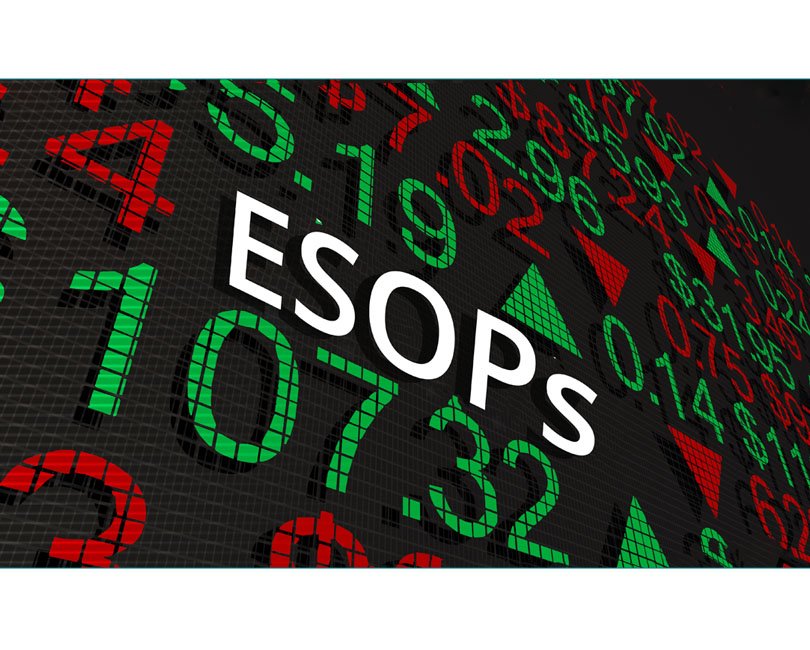The Financial Realities of ESOPs

There are many good reasons to consider an ESOP to facilitate ownership transition in an AE firm. Our first webinar on this subject emphasized employee recruitment and retention benefits (with proper communication and education). But in addition to the people benefits, an ESOP can have many financial advantages, including:
- Company cash contributions to ESOP Trust, to amortize principal plus accrued interest on ESOP Trust debt incurred to purchase shares from departing shareholders, are tax-deductible to the company.
- Company contributions of treasury stock to the ESOP Trust are tax-deductible.
- Discretionary cash contributions to ESOP Trust to buy shares or to increase ESOP’s cash reserves for future stock redemption transactions are tax-deductible to the company.
- Employee participants in ESOP are only taxed on redemption distributions from their account at the time of employment separation, death, or retirement.
- Employee participants can defer tax on redemption distributions by rolling the distribution into an IRA.
- Where the company sponsor is a subchapter S corporation, the percentage of company ownership held by the ESOP is not subject to income tax on pass-through net income to shareholders on the shareholders’ K-1.
Of course, all these benefits depend on the proper structure and implementation of the ESOP plan, close coordination with a tax professional, and in many cases, the cooperation of a bank that is knowledgeable about ESOP regulations.
So, this begs the question; since the M&A market for AE firms is so strong and valuations are high, how does an ESOP compare financially? The answer is “it depends.” The things it depends on are linked to your people and how the firm’s management evolves under the new ESOP financial realities. The rules and process are different depending on whether your firm is structured as a C-Corp or an S-Corp for tax purposes, and that choice has significant operational impacts that should be considered.
Here’s a brief case study to illustrate what we mean.
ESOP Case Study
A single shareholder owned an engineering firm based in the Southwest.
The owner recently received an unsolicited offer from a competitor to sell 100% of his shares for $20 million, but he didn’t like the culture of that firm and thought his key leaders would leave if he pursued the offer.
The business was appraised for ESOP purposes at $18 million, and for financial and non-financial considerations, the firm implemented an ESOP. The owner sold 100% of his stock and received $6 million in cash financed with a bank loan and a 10-year seller note for the $12 million balance. The internal rate of return on his seller note was 12%, and the current market rate of interest was 5% per annum. The firm worked with an AE specialist valuator to determine the probable future performance of the firm. It projected that the value of the company stock would, on average, increase at the rate of 5% per annum. Under these assumptions, the seller was granted warrants to purchase about 10% of the company’s outstanding common stock, exercisable at the end of 2028, the amount needed to give a full-market rate of return of 12% per year.
Due to economic factors, the firm has underperformed these projections, and two key leaders have left to join other firms where direct ownership was possible.
The seller’s note has covenants to protect the seller financially in the event of a downturn, but he can foresee a time when the owner’s best interests may not align with the company’s best interests.
Next Steps
Find out how the firm in our case study got into this sticky situation and what happens next by joining our upcoming webinar on Tuesday, November 1st – The Financial Side of ESOPs in the AE Industry.



